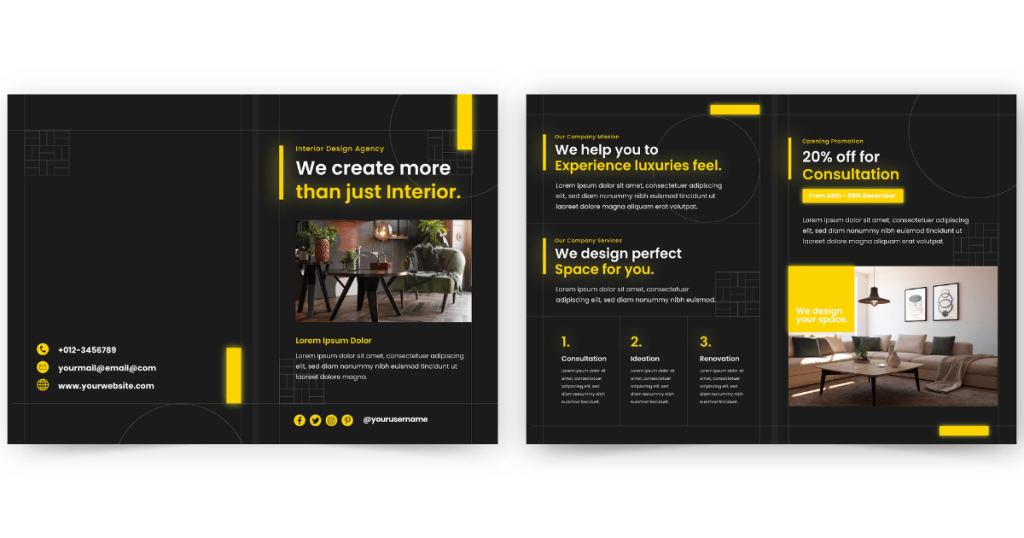Introduction: More Than Just a Formal Document
A company profile design is often treated as a formality — a polished PDF or booklet handed out during meetings. But when done right, your company profile becomes a sales tool that builds trust, showcases expertise, and convinces clients to work with you.
Too many businesses in Malaysia settle for a generic, text-heavy document that looks like everyone else’s. If your company profile isn’t strategically designed, you’re missing opportunities. Here’s a step-by-step guide to creating a company profile design that actually gets clients.
Step 1: Define the Purpose
Before the design process begins, ask:
- Is your company profile meant to impress investors, attract clients, or highlight credibility?
- Are you targeting corporate buyers, government tenders, or private customers?
A clear purpose ensures your design and content match your audience’s expectations.
Step 2: Craft a Strong Narrative
Clients don’t just want to know what you do — they want to know why they should choose you. A compelling narrative should include:
- About Us: Your story, history, and what makes you different.
- Mission & Vision: Clear statements that reflect your values and direction.
- Core Values: Demonstrating integrity, innovation, or other guiding principles.
Your story should make clients feel confident that your business is trustworthy and reliable.
Step 3: Highlight Capabilities and Services Clearly
Avoid jargon. Instead of listing generic services, explain how you solve problems. For example:
- Don’t just write: “We provide web design services.”
- Instead, say: “We create responsive, SEO-driven websites that help Malaysian businesses attract more leads online.”
This results-driven approach makes your services feel relevant and actionable.
Step 4: Use Visuals to Support Credibility
A strong company profile design should be visual, not just text-heavy. Include:
- High-quality images of your team, office, or projects.
- Infographics to explain processes.
- Client logos and testimonials for proof of trust.
- Certifications and awards to demonstrate credibility.
Remember: visuals should complement your message, not distract from it.
Step 5: Focus on Layout and Readability
A cluttered layout can make readers lose interest quickly. To keep attention:
- Use clear section headings.
- Break text into short, digestible paragraphs.
- Apply consistent typography that matches your brand.
- Use brand colors strategically to highlight important points.
The best profiles balance professionalism with modern design.
Step 6: Include a Clear Call-to-Action
Your company profile should not just inform — it should convert. Add:
- Contact details that are easy to find.
- A call-to-action like “Schedule a Consultation” or “Request a Proposal.”
- Links or QR codes directing readers to your website or portfolio.
This ensures the document serves its ultimate purpose: generating business.
Step 7: Keep It Updated
One of the biggest mistakes companies make is using outdated profiles. A company profile design from five years ago may no longer reflect your current strengths. Review and update it regularly to ensure relevance.
Final Thoughts
Your company profile design is more than a brochure. It’s a powerful sales and branding tool when built with strategy, visuals, and clarity. Clients don’t want fluff — they want proof, professionalism, and a reason to trust you.
Follow this step-by-step approach, and your company profile will not just impress, but also convert.



